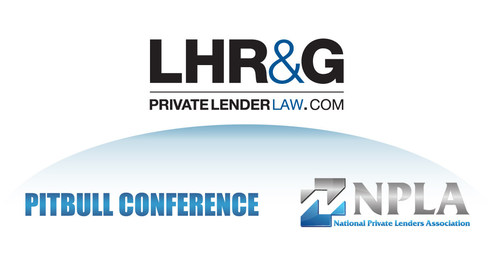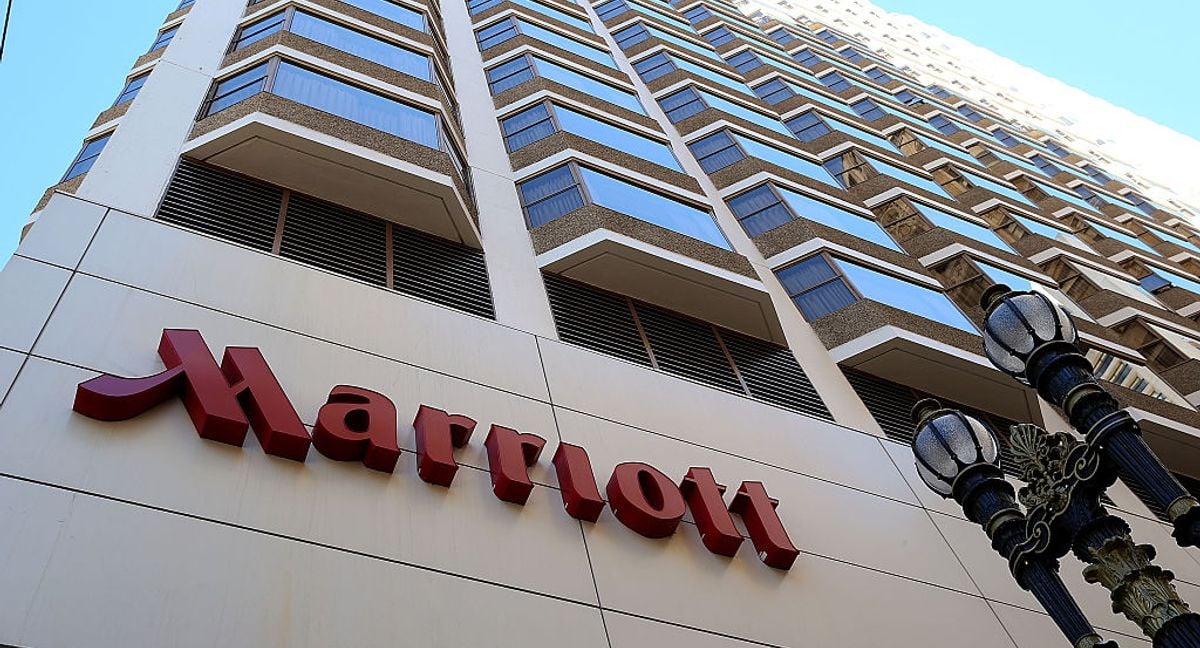Prospective Home Buyers Spend About as Much Time Researching New TVs as They do Mortgage Lenders
New survey from Zillow Home Loans shows home buyers don’t shop around for their mortgage, potentially costing them hundreds of dollars each month A new survey by Zillow Home Loans finds prospective home buyers spend about as much time researching their next TV purchase and more time researching their next vacation or car purchase than they do their mortgage lender. Additionally, 72% of prospective buyers have not shopped around, nor
Read More








